Venus Optics LAOWA 15 mm f/2 ZERO-D
5. Chromatic and spherical aberration
Chromatic aberration
The Venus Optics LAOWA 15 mm f/2 FE ZERO-D doesn’t have any problems concerning the longitudinal chromatic aberration. Even at the maximum relative aperture, in areas situated far outside the depth of field, it would be difficult to notice any distinct colour fringing.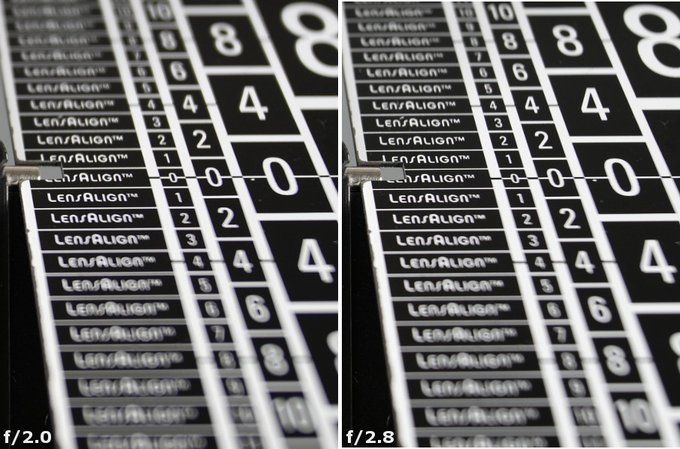 |
The lateral chromatic aberration can be described in similar terms – the graph below shows its performance depending on the aperture and the detector you employ.
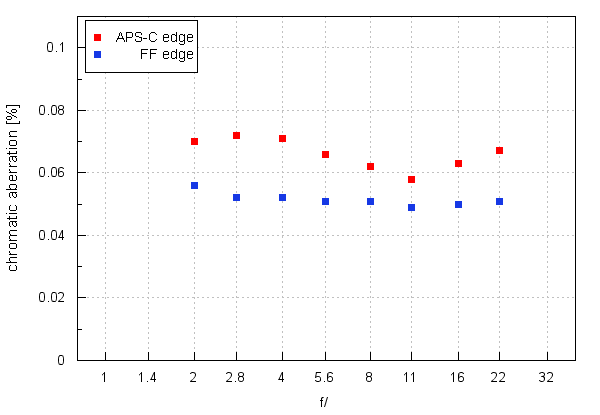
Please Support UsIf you enjoy our reviews and articles, and you want us to continue our work please, support our website by donating through PayPal. The funds are going to be used for paying our editorial team, renting servers, and equipping our testing studio; only that way we will be able to continue providing you interesting content for free. |
- - - - - - - - - - - - - - - - - - - - - - - - - - - - - - - - - - - - - - - - - - - - - - - -
As you see we got results in the 0.05- 0.07% range; it means the level of that aberration is low. Taking into account very demanding parameters of this lens, its performance in this category should be assessed very positively indeed.
| A7R II, RAW, f/4.0 | A7R II, RAW, f/11.0 |
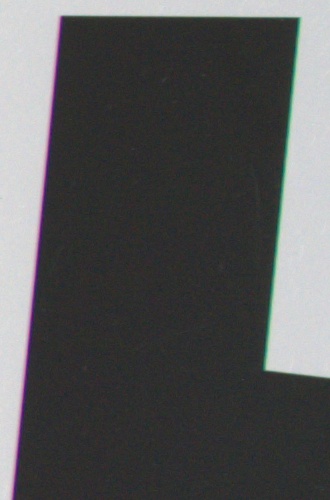
|
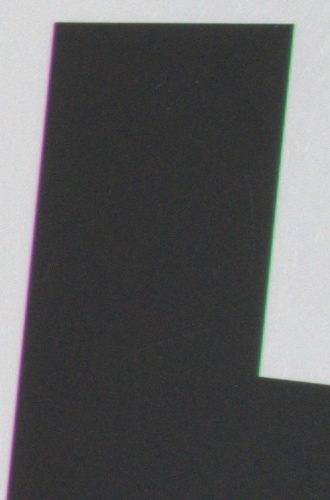
|
Spherical aberration
The tested lens has a lot of spherical aberration-related problems and they can be noticed in practically all aspects of our test. Firstly, the photos used for assessment of longitudinal chromatic aberration which we showed at the beginning of this chapter feature a noticeable shift of depth of field towards greater distances when you pass from f/2.0 to f/2.8. It is a classic sign of ‘focus shift’ which can also be spotted in resolution measurements. If you want to find the best resolution by f/2.0 and then stop down the lens to f/2.8 you see a slight increase of MTF values. A more distinct increase can be observed only after changing the position of the focusing ring. Also the appearance of defocused circles of light in front of and behind the focus is the proof that the spherical aberration is not corrected properly. It’s true that it was hard to produce distinct circles due to the parameters of the lens but still you can easily notice that they differ markedly.
| A7R II, f/2.0, in front of | A7R II, f/2.0, behind |
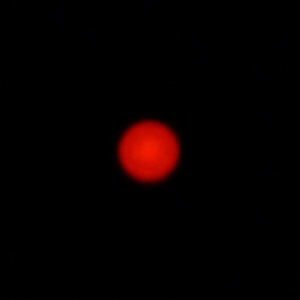
|
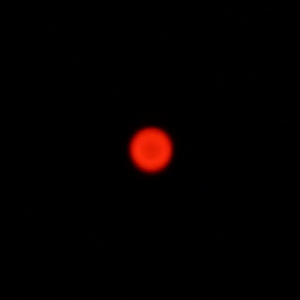
|






